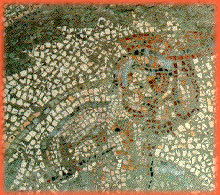 |
|
|
||||||||||||||||||||
[home] [itineraries] [NapleStyle] [tastes of Naples] [photo gallery][e-cards] [virusgallery][about us]
Copyright © C.I.A.O. s.r.l. -P.O. Box 136 - 80059 - Torre del Greco (Napoli) Italia . All Rights Reserved. Before using please read the disclaimer . CiaoNapoli® and ItaliaTakeAway® are registered trade marks of C.I.A.O. s.r.l. |
||||||||||||||||||||



